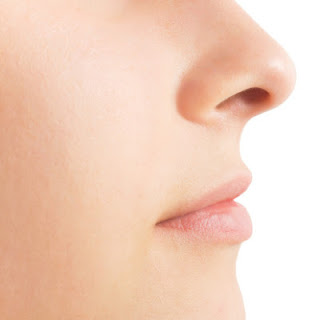Acute
Laryngitis: The most common cause is acute laryngitis—swelling of the
vocal folds that occurs during a common cold, upper respiratory tract viral
infection, or from voice strain. Serious injury to the vocal folds can result
from strenuous voice use during an episode of acute laryngitis.
Voice Misuse:
l
Speaking in
noisy situations
l
Excessive use
l
Telephone use
with the handset cradled to the shoulder
l
Using
inappropriate pitch (too high or too low) when speaking
l
Not using
amplification when public speaking
Benign Vocal
Cord Lesions: Prolonged hoarseness can occur when you use your voice too
much, or too loudly for extended periods of time. These habits can lead to
nodules, polyps, and cysts. Vocal nodules (singers’ nodes) are callus-like
growths of the vocal folds. Vocal fold polyps and cysts also occur in those who
misuse their voice, but can also occur in those who do not.
Vocal
Hemorrhage: If you experience a sudden loss of voice following a yell or
other strenuous vocal use, you may have developed a vocal fold hemorrhage.
Vocal fold hemorrhage occurs when one of the blood vessels on the surface of
the vocal folds ruptures and the soft tissues fill with blood. It is considered
a vocal emergency and should be treated with absolute voice rest and
examination by an otolaryngologist (ear, nose, and throat doctor).
Gastroesophageal
Reflux (GERD): A possible cause of hoarseness is gastro-esophageal reflux,
when stomach acid comes up the swallowing tube (esophagus) and irritates the
vocal folds. Other typical symptoms of GERD include heartburn and
regurgitation. Usually, the voice is worse in the morning and improves during
the day. These people may have a sensation of a lump or mucus in their throat
and have an excessive desire to clear it.
The information aims to provide
educational purpose only. Anyone reading it should consult ENT Specialists before considering treatment and should not rely on the
information above.




.jpg)


